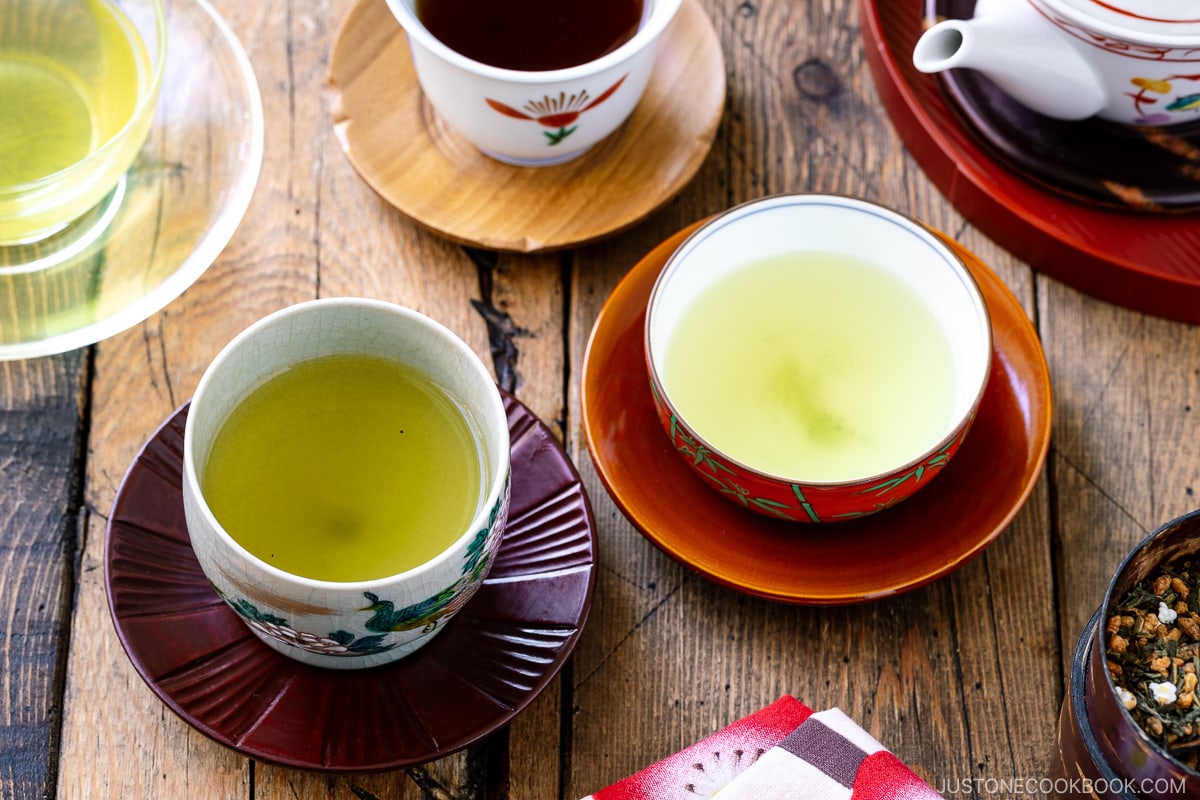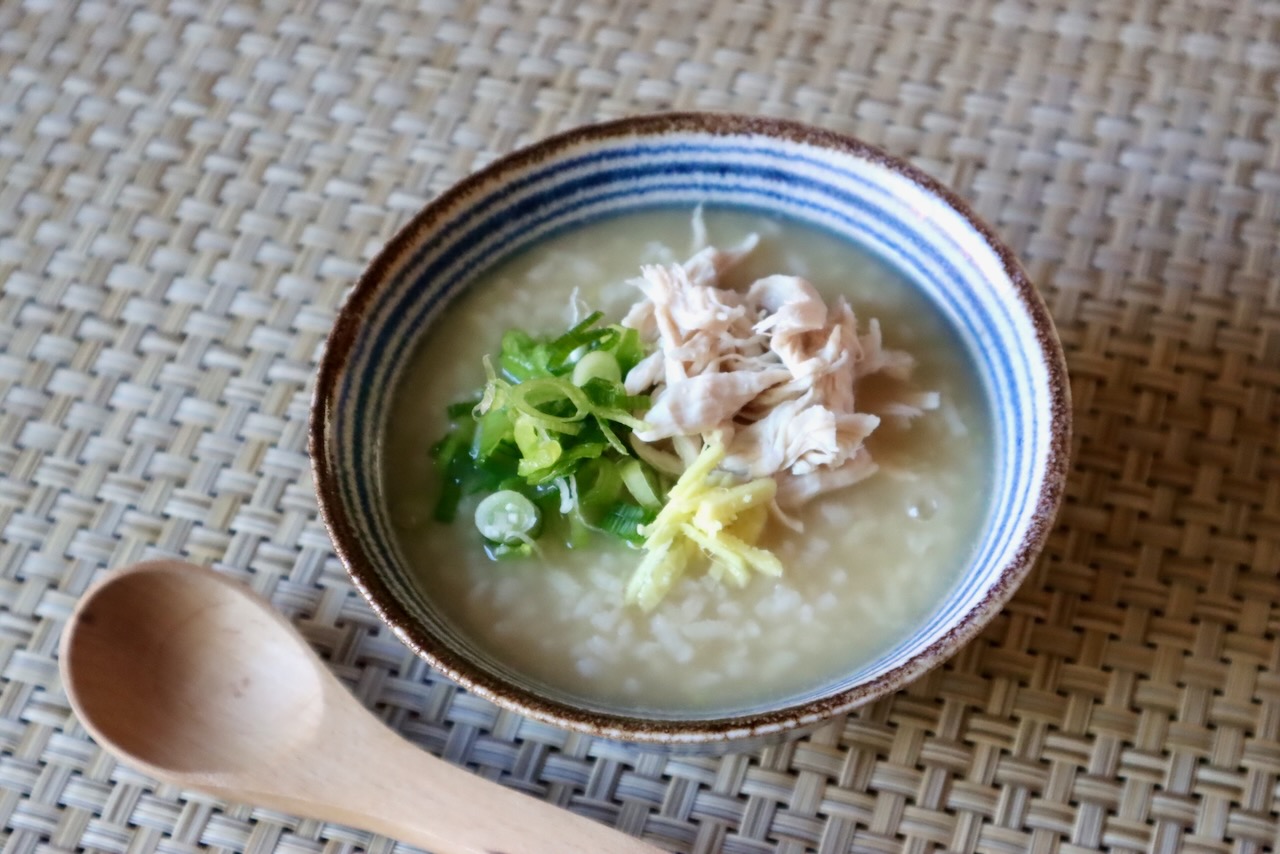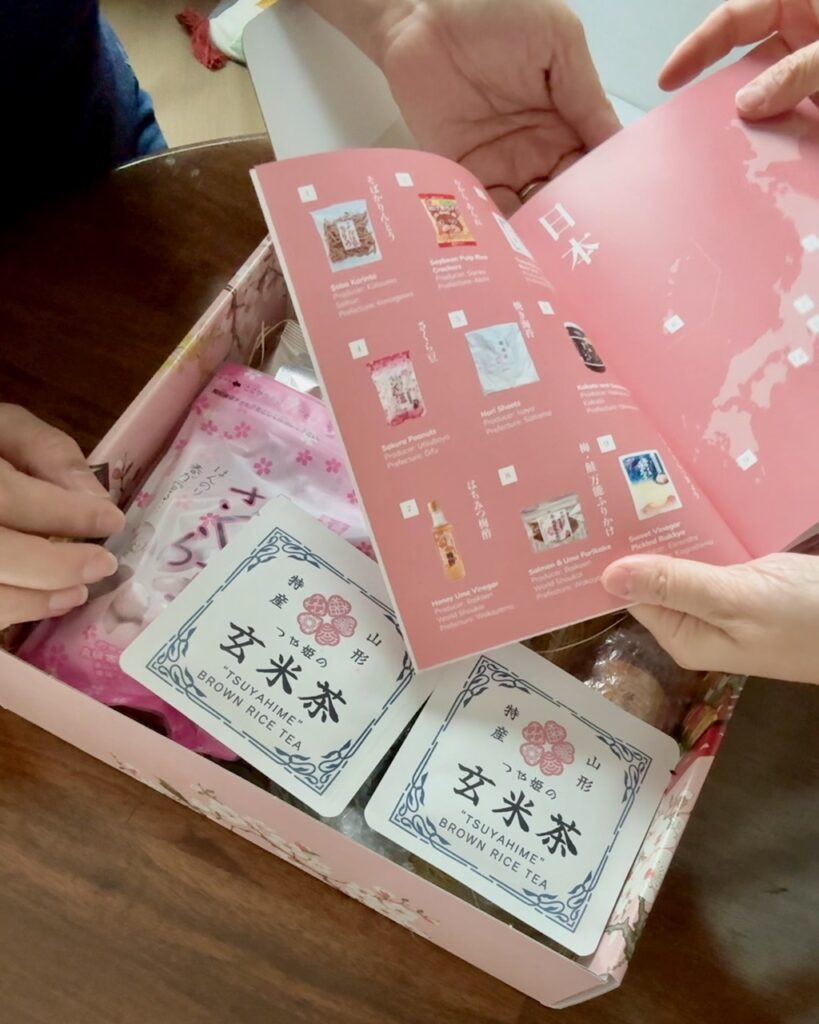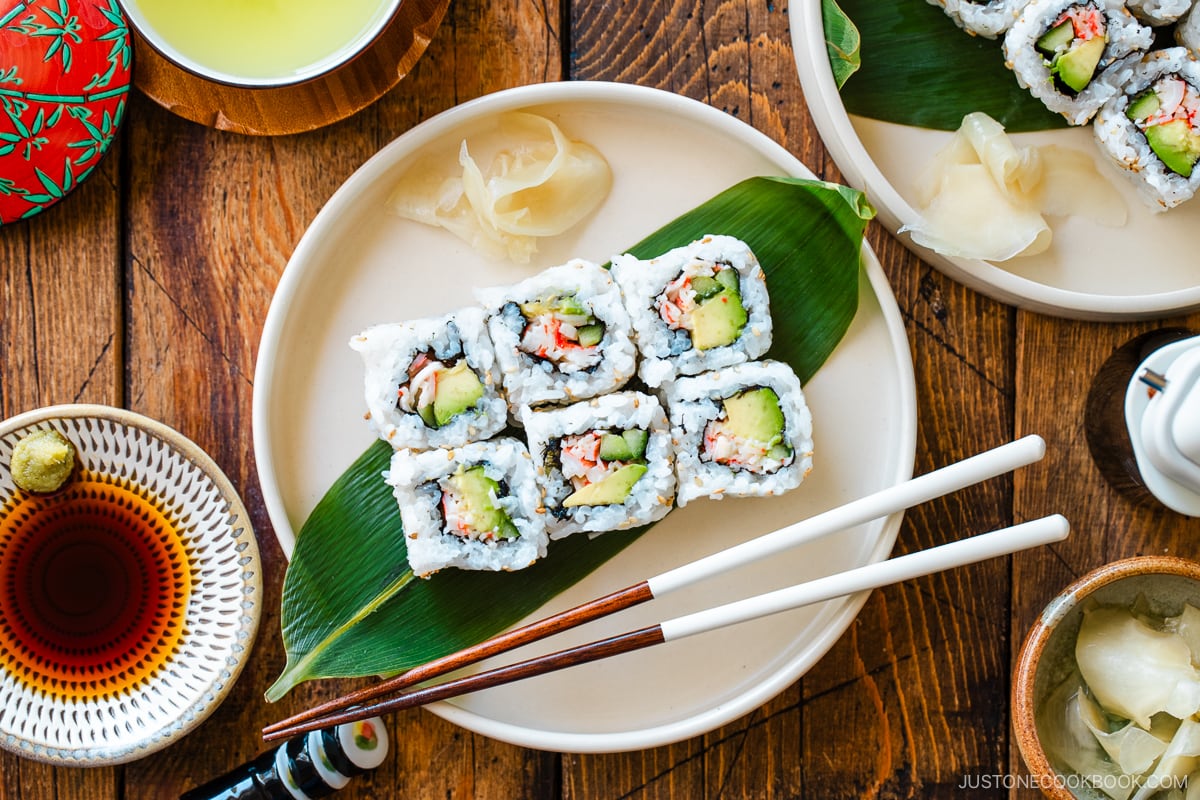Crafting the perfect cup of Japanese green tea is truly an art. Every detail, from water temperature to steeping duration, plays a crucial role. Discover the best techniques for brewing sencha, genmaicha, and other varieties of Japanese tea to enhance your flavor experience.
Japanese green tea is more than just a drink; it embodies a tradition rich in history, reflecting Japan’s profound respect for craftsmanship, mindfulness, and nature. Whether you’re a novice or looking to perfect your brewing skills, the right techniques can significantly enhance your tea experience.
This guide will walk you through the process of brewing the perfect cup of Japanese green tea—from selecting the right tea leaves to mastering water temperature and steeping time.
For more insights, explore resources on Japanese Green Tea and its various types, from Matcha to Sencha and beyond.
Choose the Right Green Tea
In Japan, green tea is referred to as ryokucha (緑茶) or more commonly o-cha. Start by selecting the type that best suits your palate. Here are some of the most popular varieties:
- Sencha (煎茶): The most widely consumed tea in Japan, sencha offers a harmonious balance of aroma, sweetness, earthy flavor, and astringency.
- Gyokuro (玉露): Known for its exceptional quality and flavor, gyokuro is shade-grown, resulting in a rich umami taste.
- Genmaicha (玄米茶): This unique blend combines green tea with toasted and puffed brown rice, imparting a delightful nutty aroma.
- Hojicha (ほうじ茶): A roasted green tea with a dark hue, hojicha boasts a mild, toasty flavor and low caffeine content.
As for matcha (抹茶), it is categorized separately from ryokucha. For a bold and creamy cup, refer to our guide on How to Make Matcha.
Did You Know?
Green tea, black tea, and oolong tea all originate from the same plant, Camellia sinensis. The distinction lies in the level of oxidation the leaves undergo during processing. After harvesting, Japanese tea leaves are either steamed or pan-fired to halt oxidation, preserving their vibrant green color, fresh aroma, and delicate flavors. This method also ensures that Japanese green tea retains more antioxidants and beneficial compounds than other types, providing numerous health benefits.
Pro Tips for Brewing Green Tea
Here are essential factors to consider for brewing exceptional green tea:
- Quality water: Use soft water with low mineral content to enhance the tea’s natural sweetness. Good water results in a good pot of tea.
- Water temperature: The ideal temperature varies by tea type and is crucial for achieving the right balance of sweetness and astringency. Too hot, and the tea may become bitter.
- Water volume: Excess water can dilute the flavor. Adhere to the recommended leaves-to-water ratio for the specific tea type.
- Amount of tea leaves: Generally, use 10 grams (about 2 tablespoons) per teapot, but feel free to adjust based on your preference.
- Brewing time: Avoid steeping for too long to prevent over-extraction. Brew time varies by tea type, and you can steep the leaves 2–3 times for additional cups.
Equipment You’ll Need
How to Brew Japanese Green Tea
Follow these straightforward steps to brew the perfect cup. Note that specific ratios, temperatures, and brew times will vary based on the tea type (details provided in the next section).
- Measure the tea leaves and add to a teapot. A digital kitchen scale is recommended for precise measurements, especially for beginners. With experience, you may estimate the amount without a scale.
- Heat water to the appropriate temperature. A thermometer will eliminate guesswork.
- Add hot water to the teapot over the leaves. We recommend placing the teapot on a kitchen scale for accurate measuring.
- Steep for the specified duration. A timer can help ensure accuracy.
- Pour every last drop into your tea cups and savor the experience.
Japanese Green Tea Recipes
Below are the leaves-to-water ratios, water temperatures, and brew times for four popular types of Japanese green tea. The ratios provided are for two servings:
Sencha (Standard Green Tea)
- Sencha leaves: 10 g (0.35 oz, roughly 2 Tbsp)
- Water temperature: 176ºF (80ºC)
- Water amount: 210 ml (7 oz, 7/8 cup)
- Steep time: 60 seconds
Gyokuro (Premium Shade-Grown Green Tea)
- Gyokuro leaves: 10 g (0.35 oz, roughly 2 Tbsp)
- Water temperature: 140ºF (60ºC)
- Water amount: 160 ml (6 oz, 3/4 cup)
- Brewing time: 90 seconds
Genmaicha (Green Tea and Roasted Brown Rice Blend)
- Genmaicha leaves: 10 g (0.35 oz, roughly 2 Tbsp)
- Water temperature: 212°F (100°C; boiling)
- Water amount: 240 ml (8 oz, 1 cup)
- Brew time: 30–40 seconds
Hojicha (Roasted Green Tea)
- Hojicha leaves: 10 g (0.35 oz, roughly 4 Tbsp)
- Water temperature: 212°F (100°C; boiling)
- Water amount: 240 ml (8 oz, 1 cup)
- Brew time: 30–40 seconds
Additional Tips
- Watch the brew time closely: Even high-quality tea can taste unpleasant if brewed for too long.
- Avoid flavoring agents: For premium Japanese green tea, refrain from adding honey, spices, herbs, mint, cinnamon, lemon, or other flavorings.
- Use a sieve instead of a tea infuser: This allows the leaves to absorb water fully and release their complete flavor. Our instructions are tailored for loose tea leaves; for tea bags, please follow the package instructions.
- Choose high-quality, loose-leaf tea: We highly recommend sourcing from reputable growers or suppliers like Ippodo Tea and Japanese Green Tea Co.
How to Enjoy Japanese Green Tea
Green tea complements the Japanese diet, enhancing savory dishes without overshadowing their flavors. It’s a delightful choice for breakfast or as an accompaniment to your afternoon meal, particularly refreshing after a hearty meal.
We also recommend pairing green tea with traditional Japanese sweets such as Dorayaki, Taiyaki, Mitarashi Dango, or Strawberry Mochi.
Frequently Asked Questions
You can brew tea 2–3 times with the same tea leaves.
No. Sugar is not added to green tea, especially if you wish to appreciate its purity and the benefits it offers. High-quality green teas have a natural earthy sweetness, making it important to savor their subtleties and complexity.
Preheating the teapot is a good practice, especially in winter. However, it is not mandatory. Warming the teacups is recommended.
More Japanese Tea Recipes
How to Make Japanese Green Tea
Prep Time: 1 minute
Cook Time: 4 minutes
Total Time: 5 minutes
Servings: 1 batch (160–240 ml per batch)





